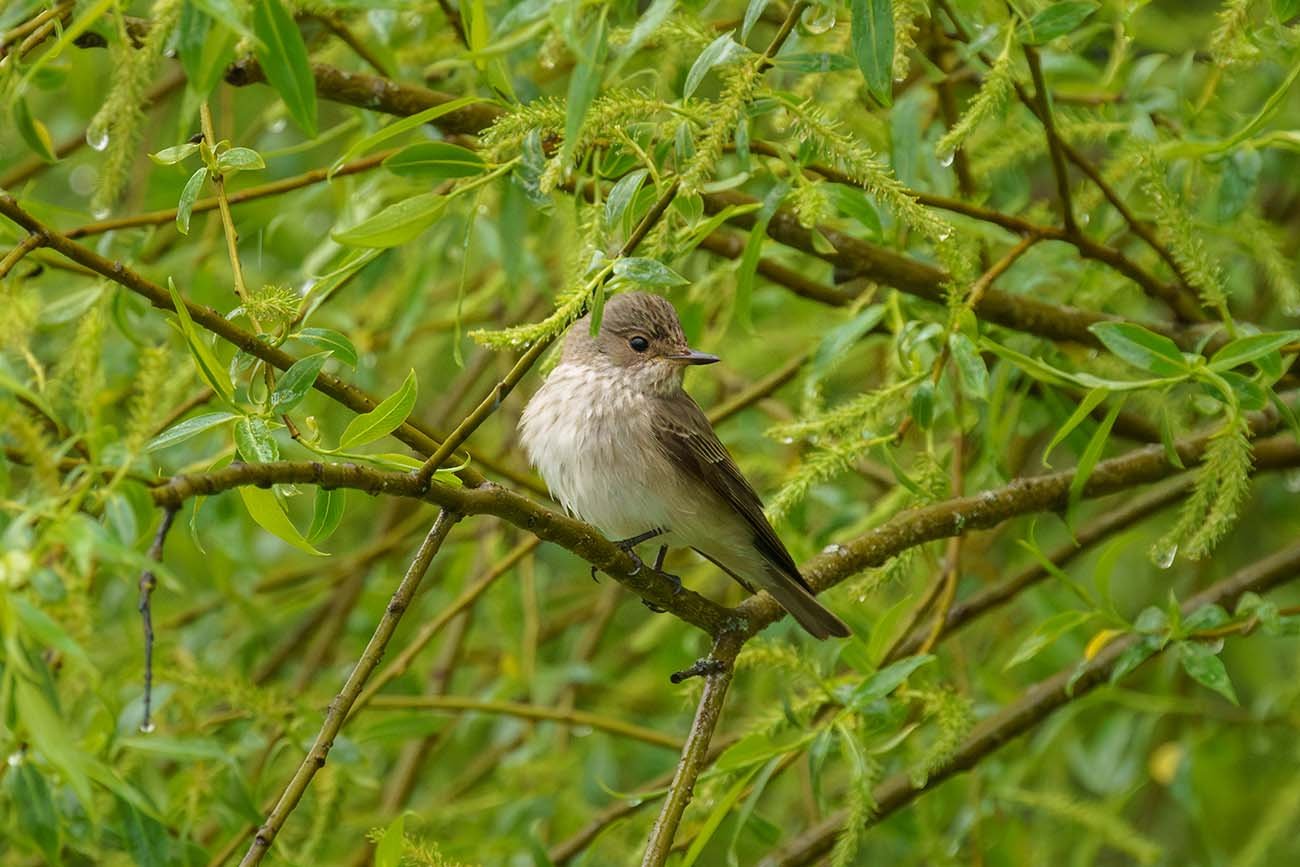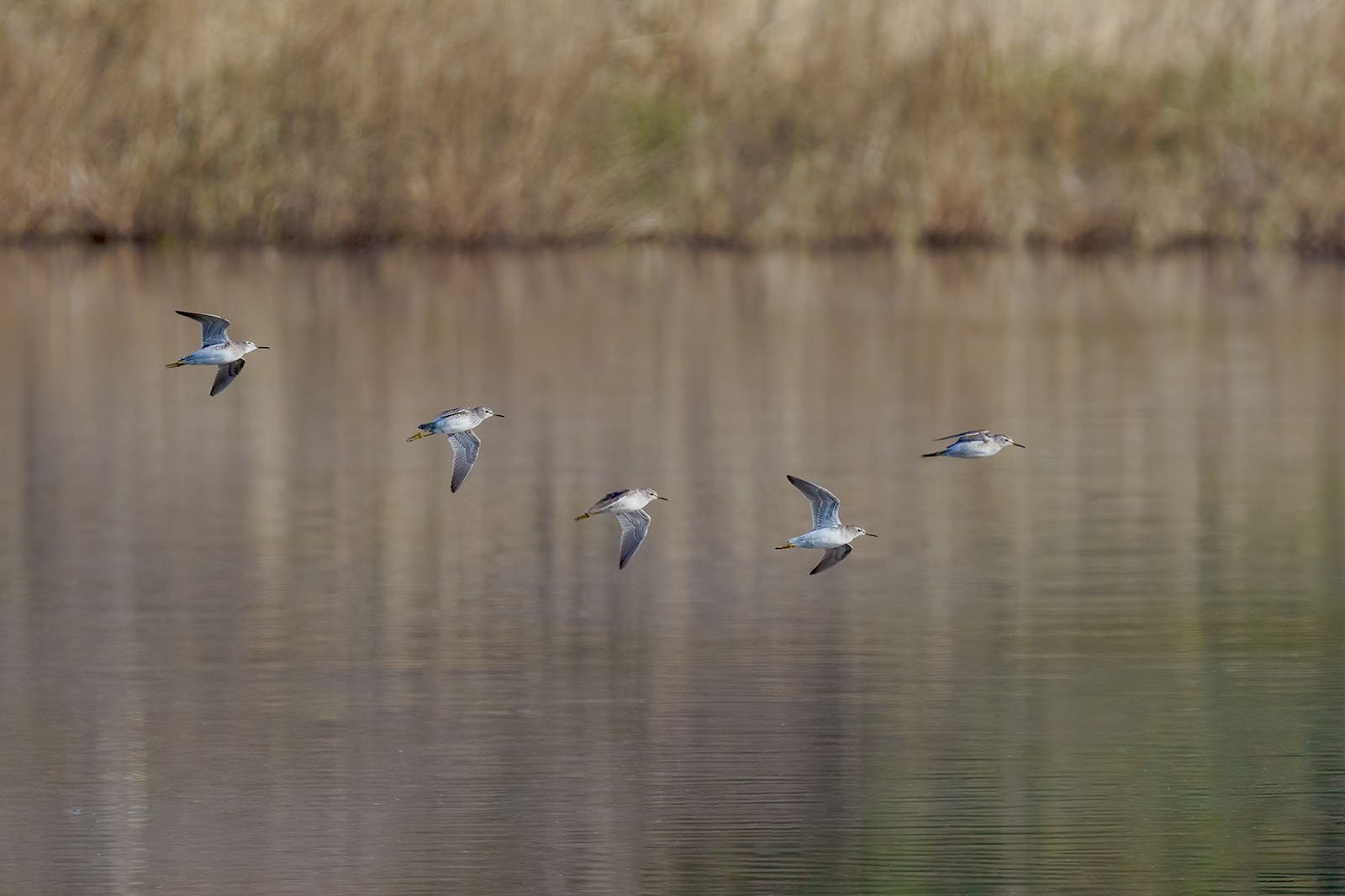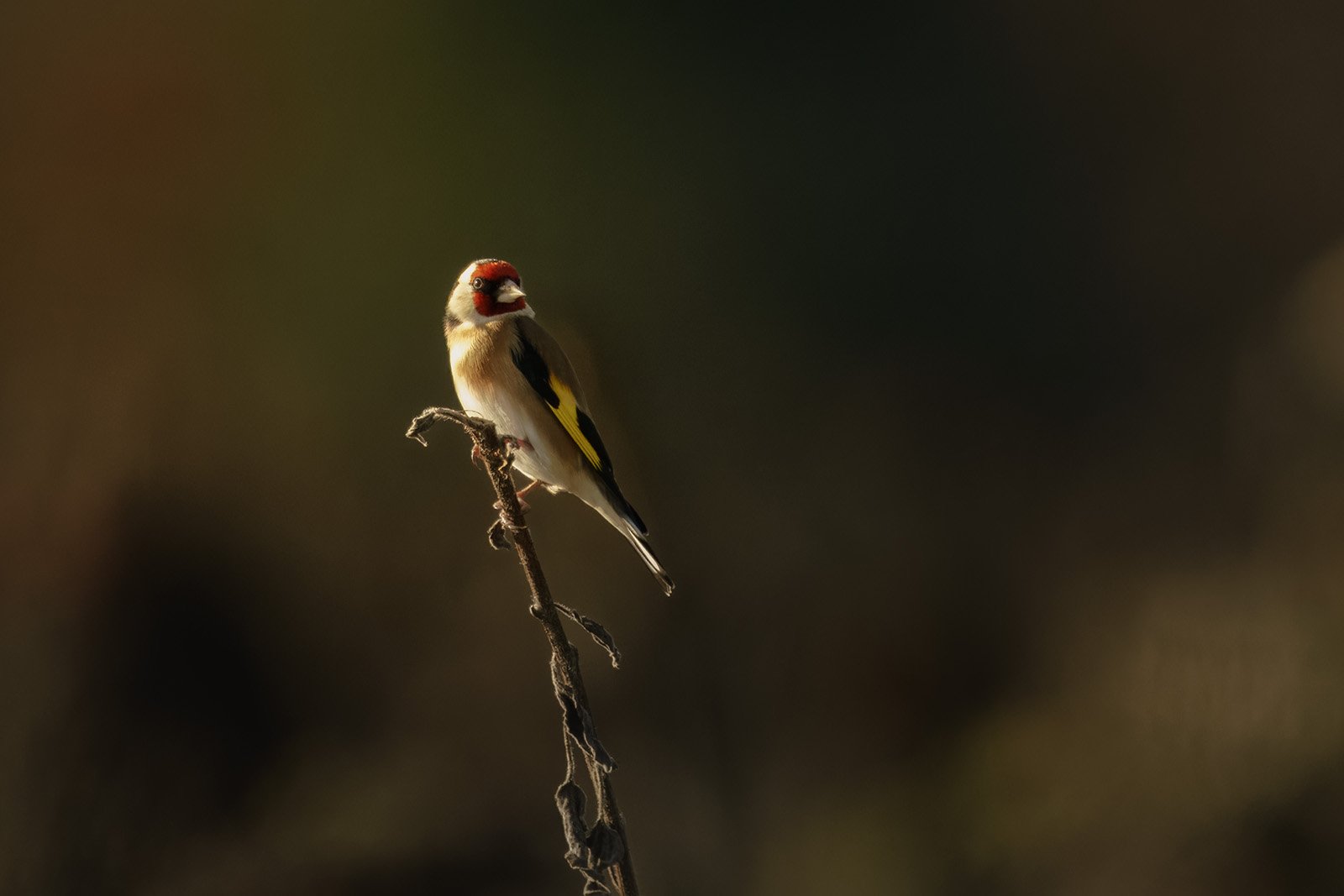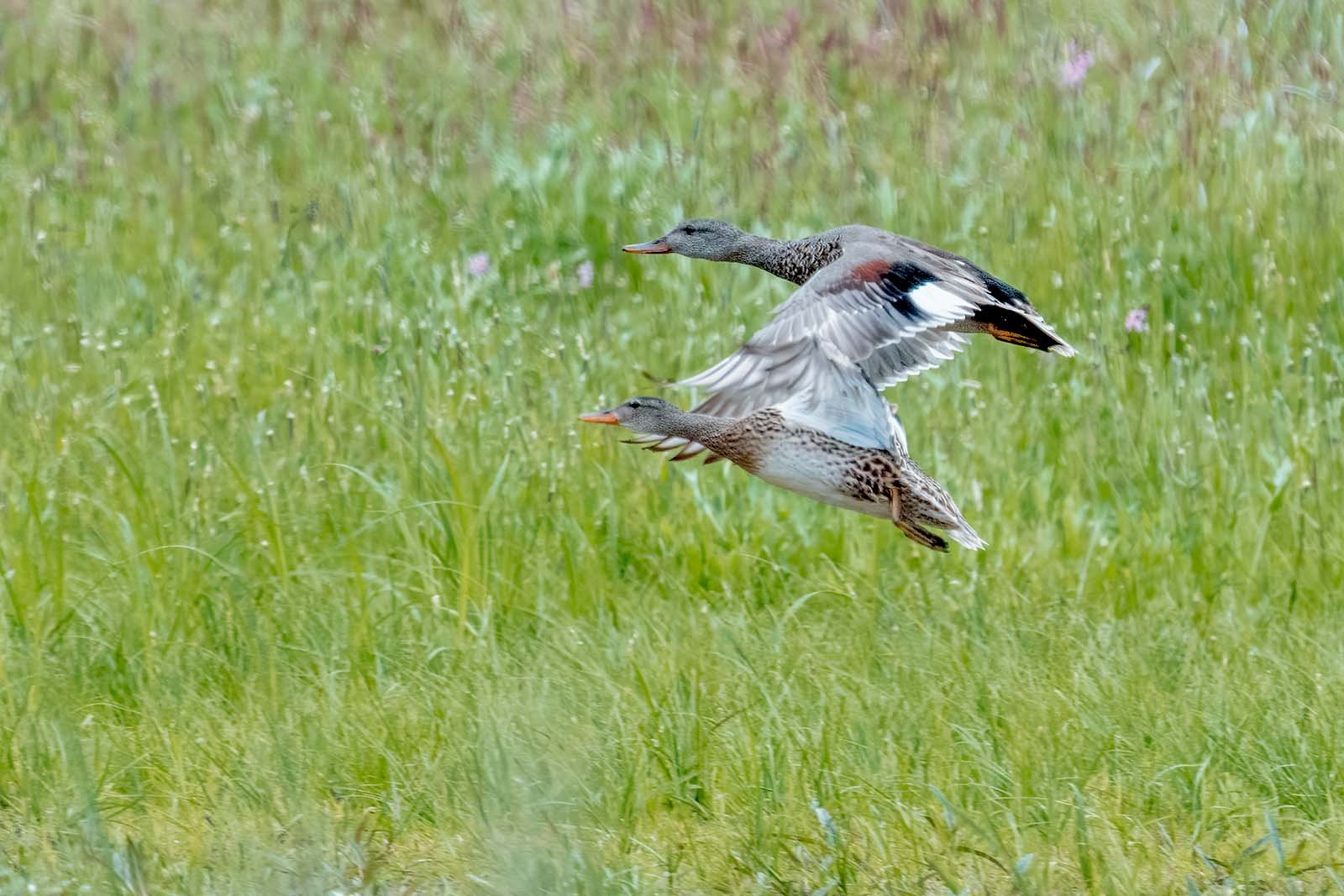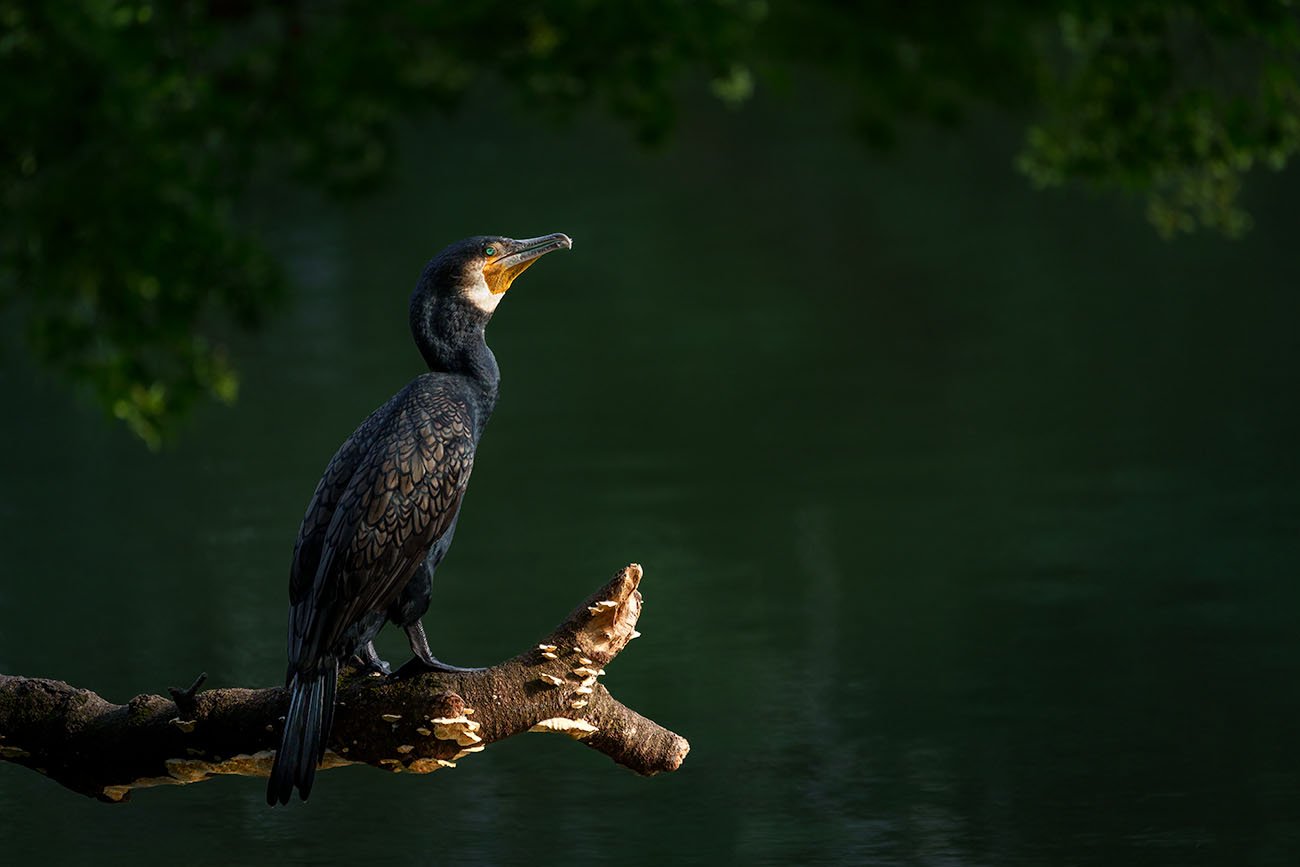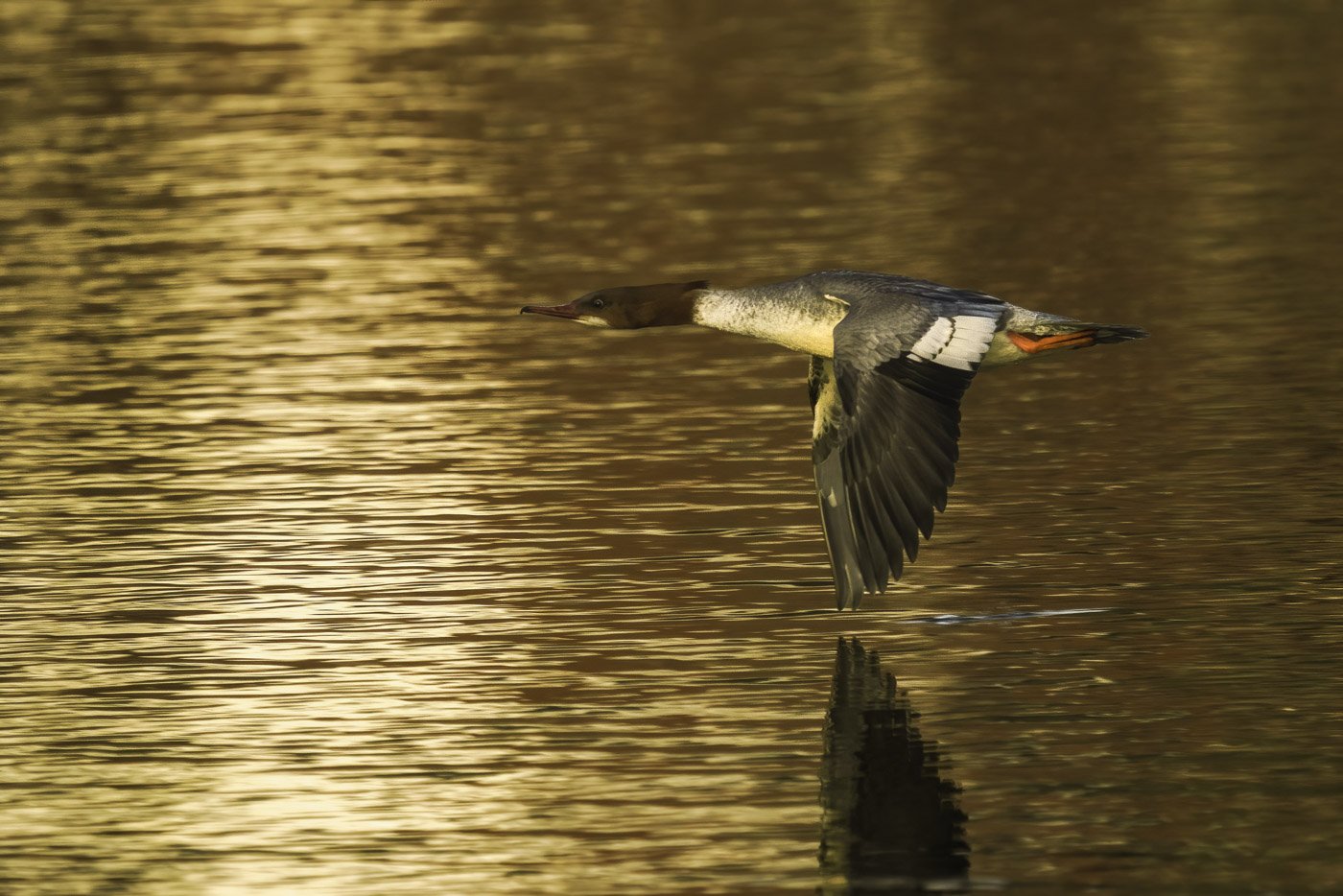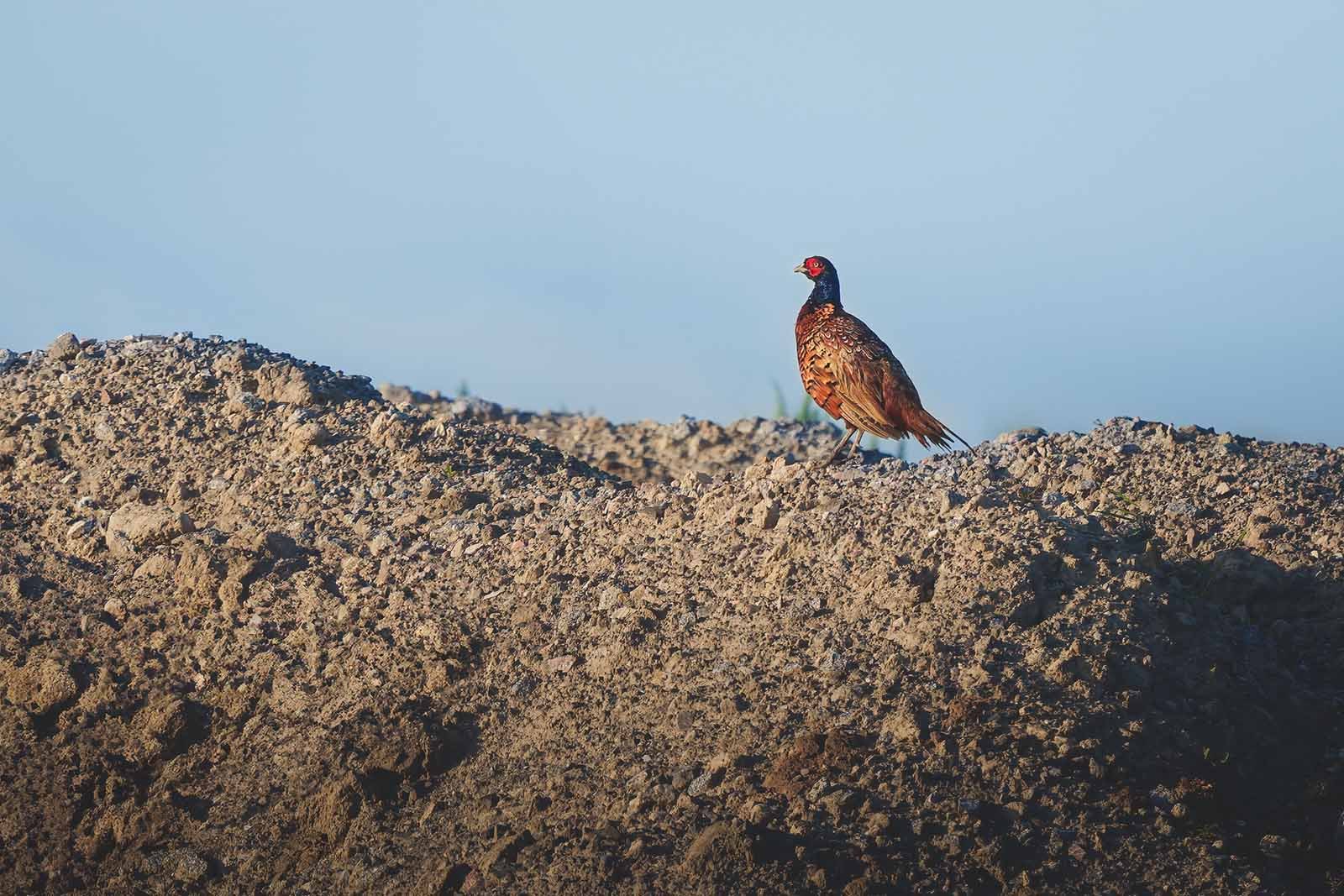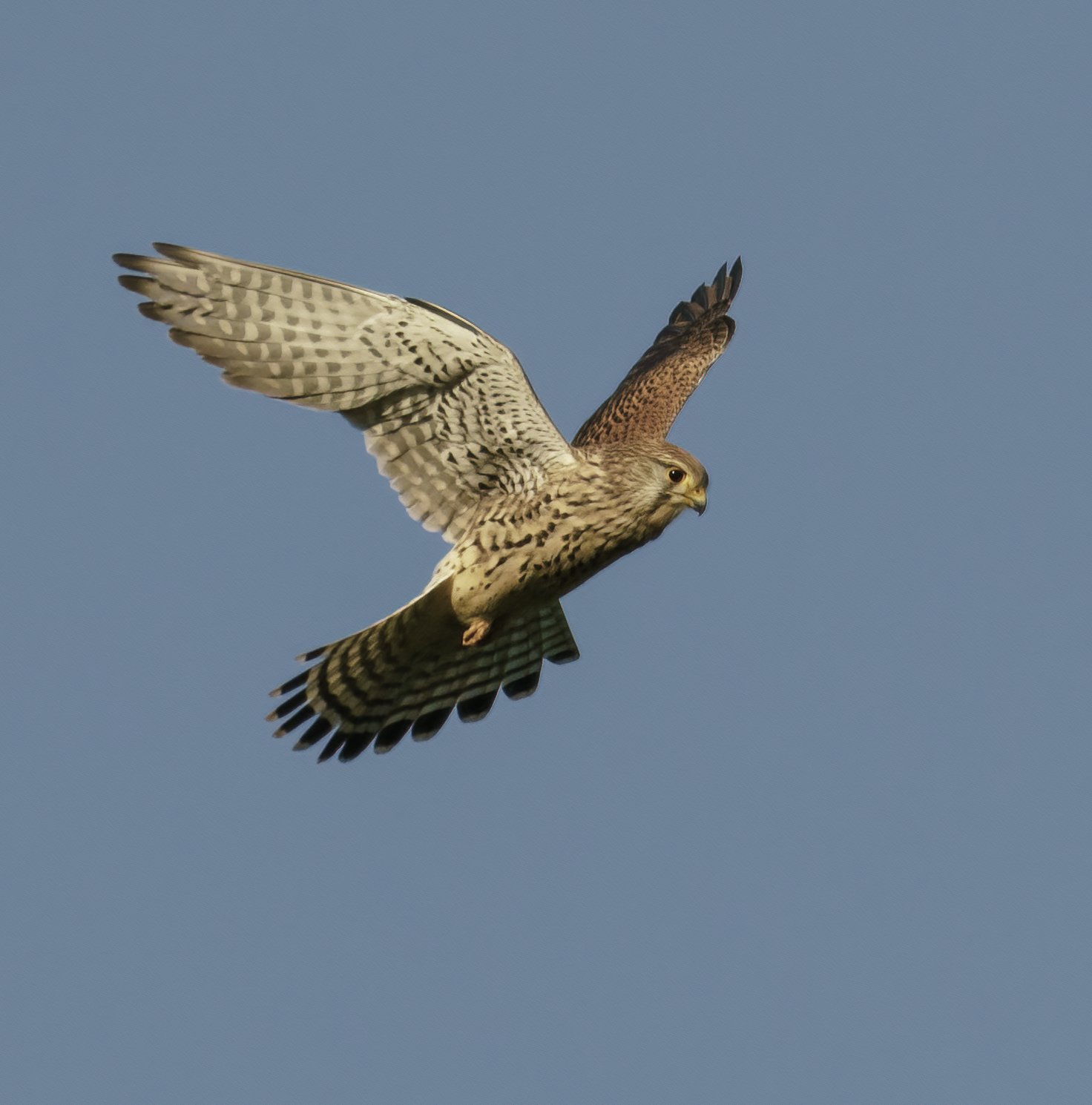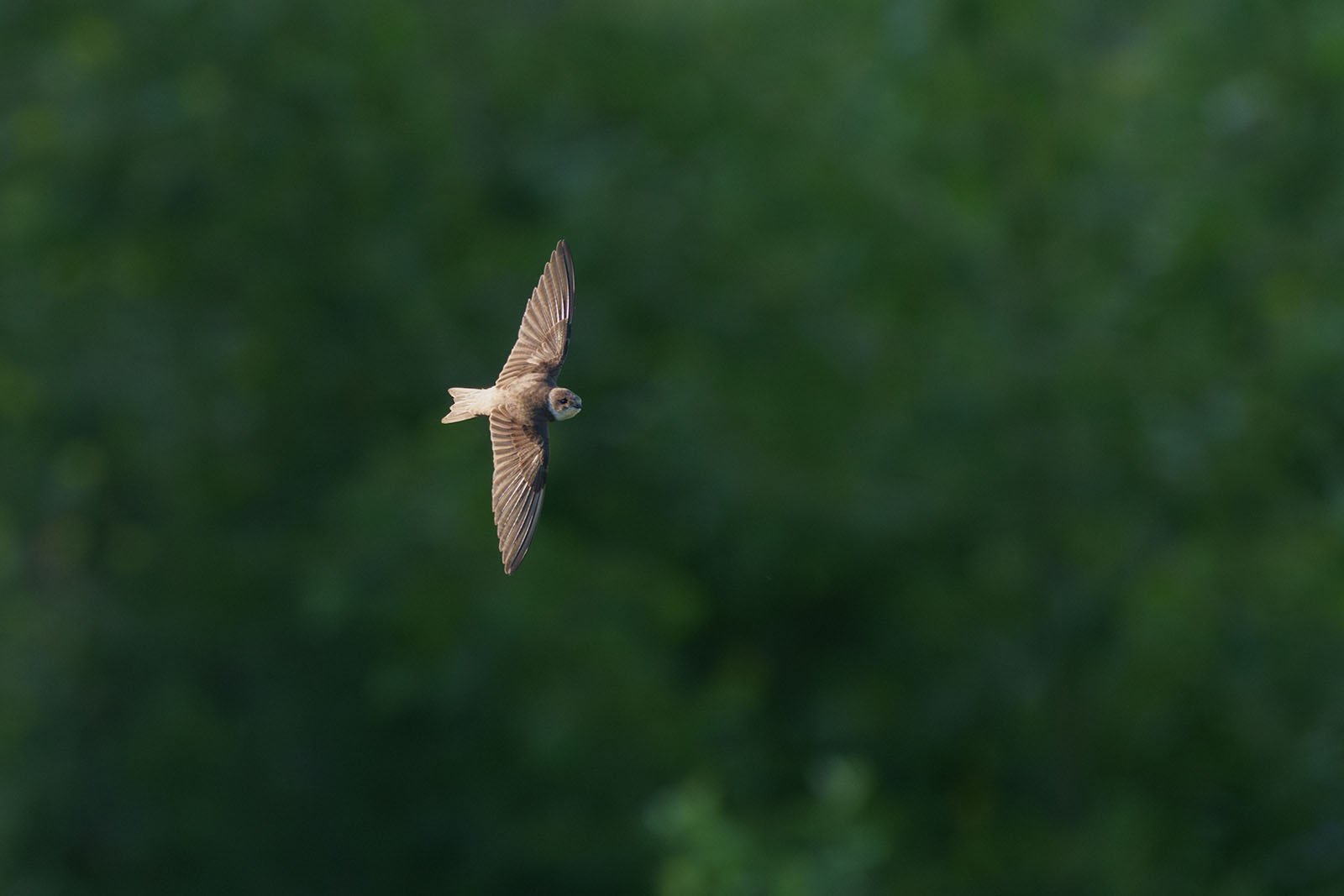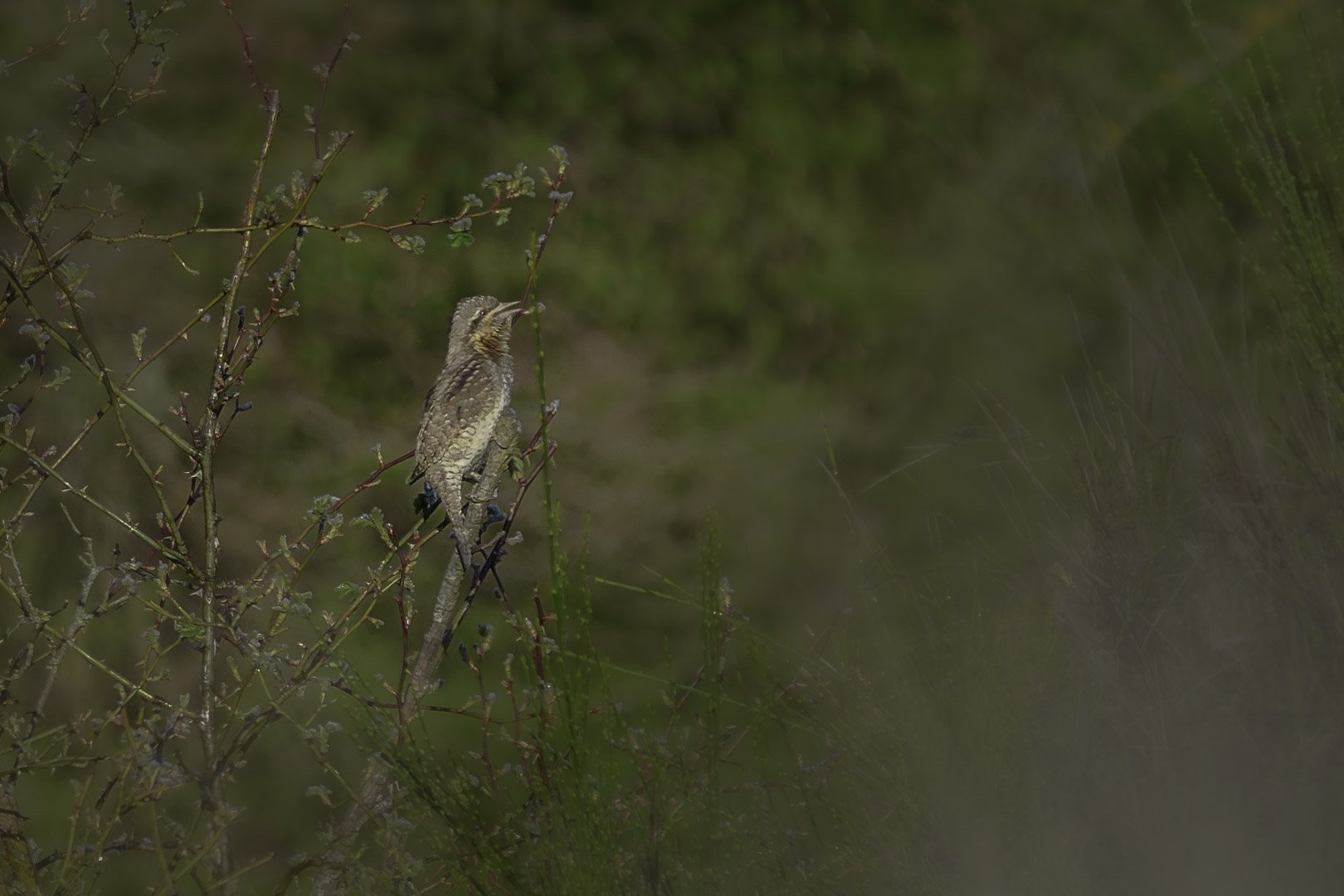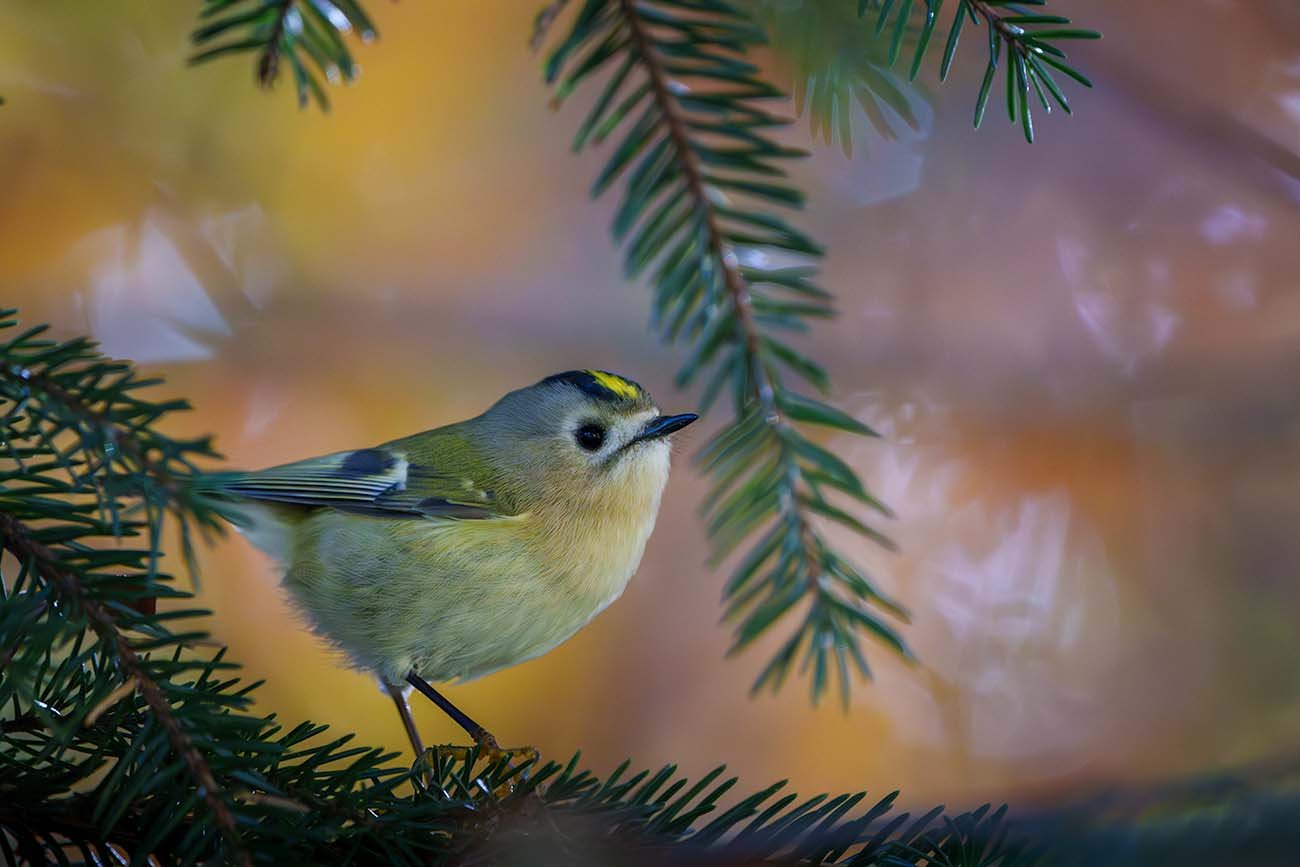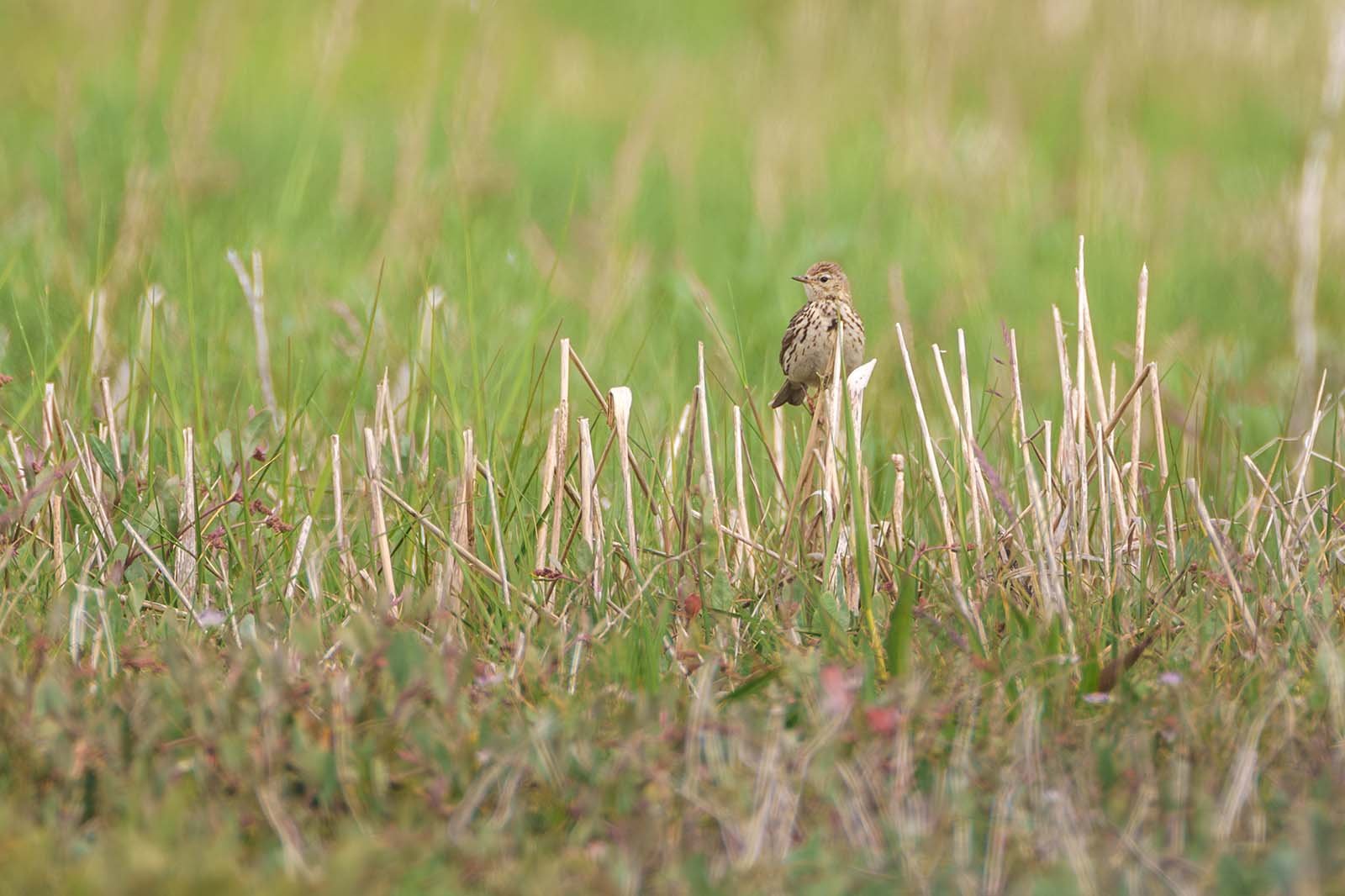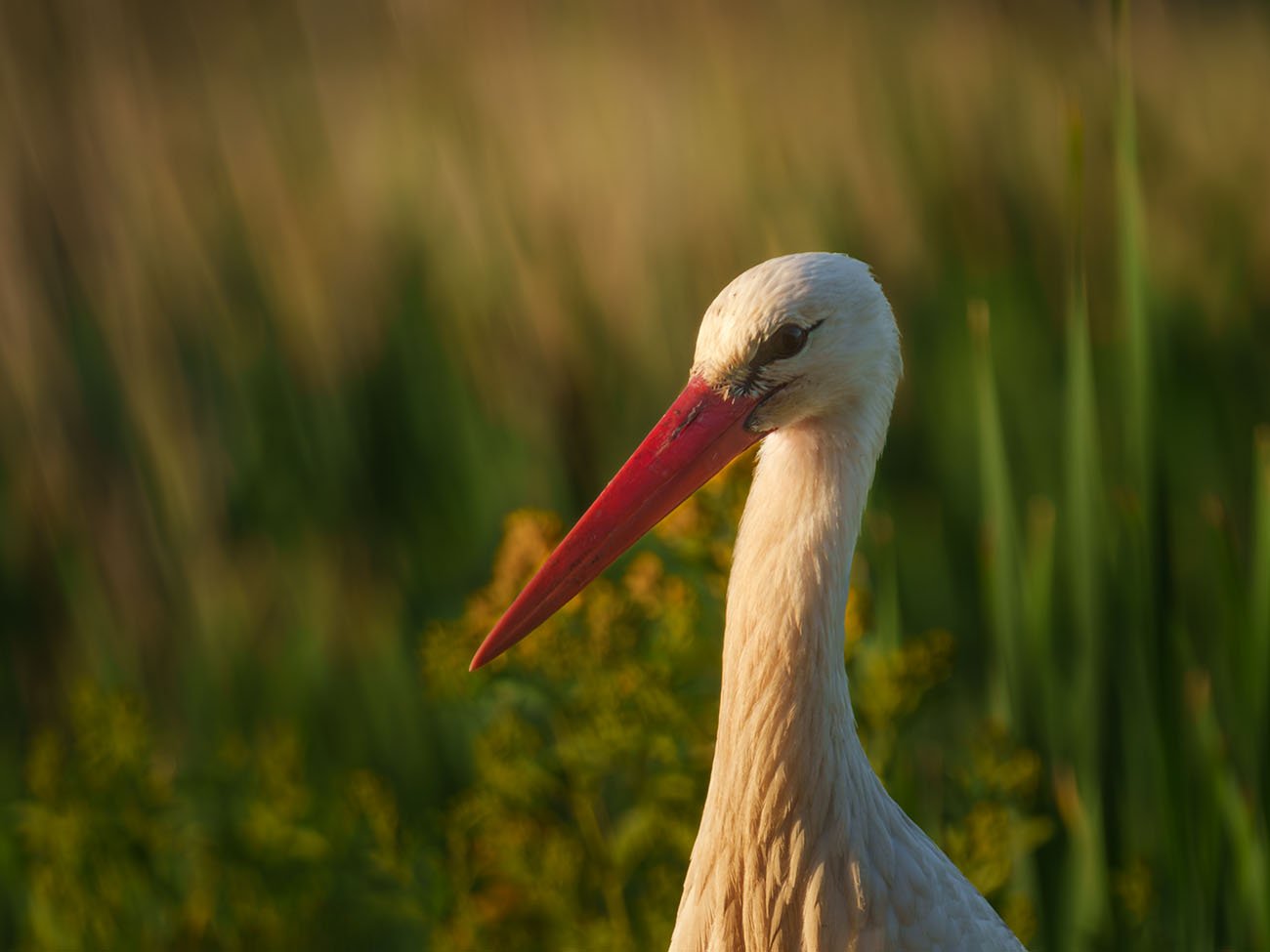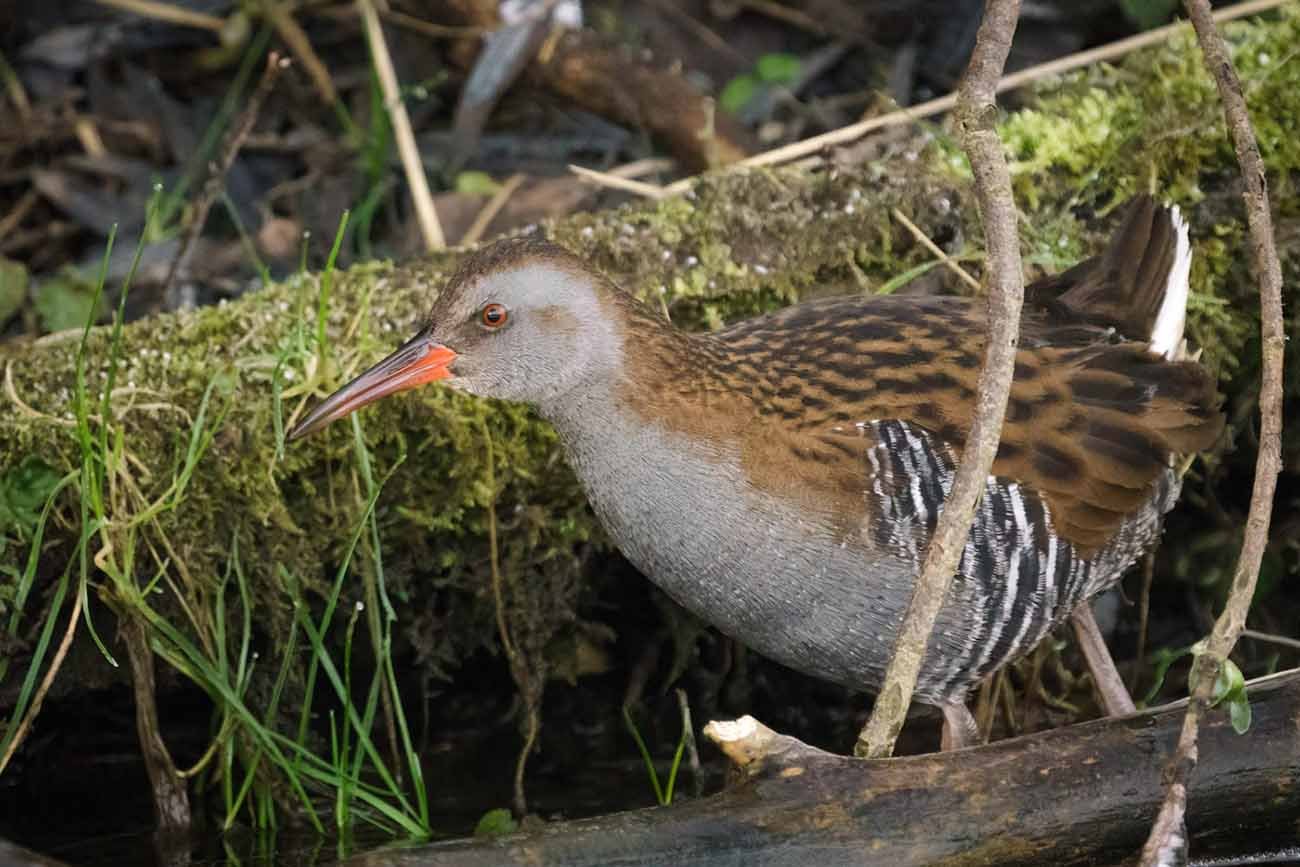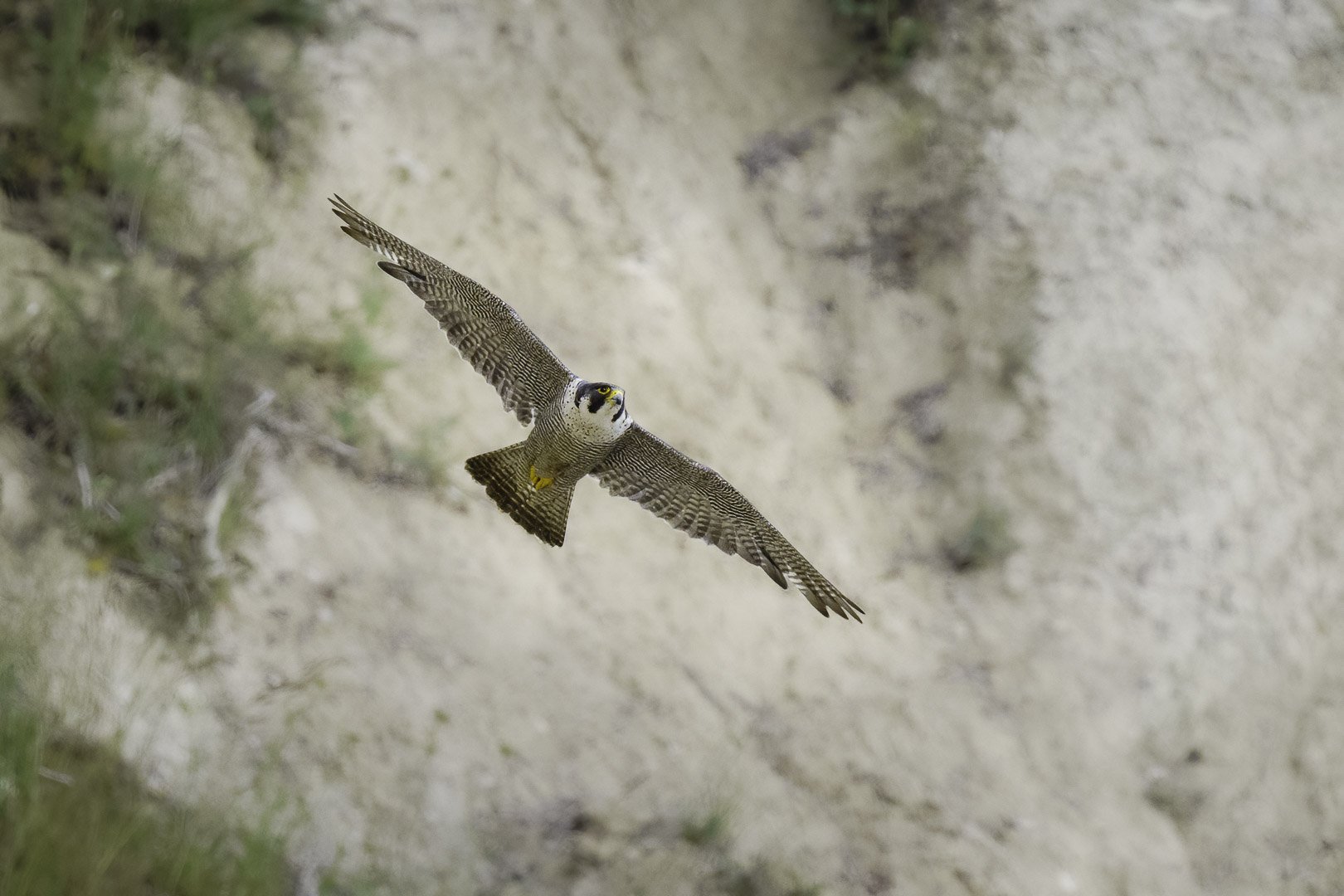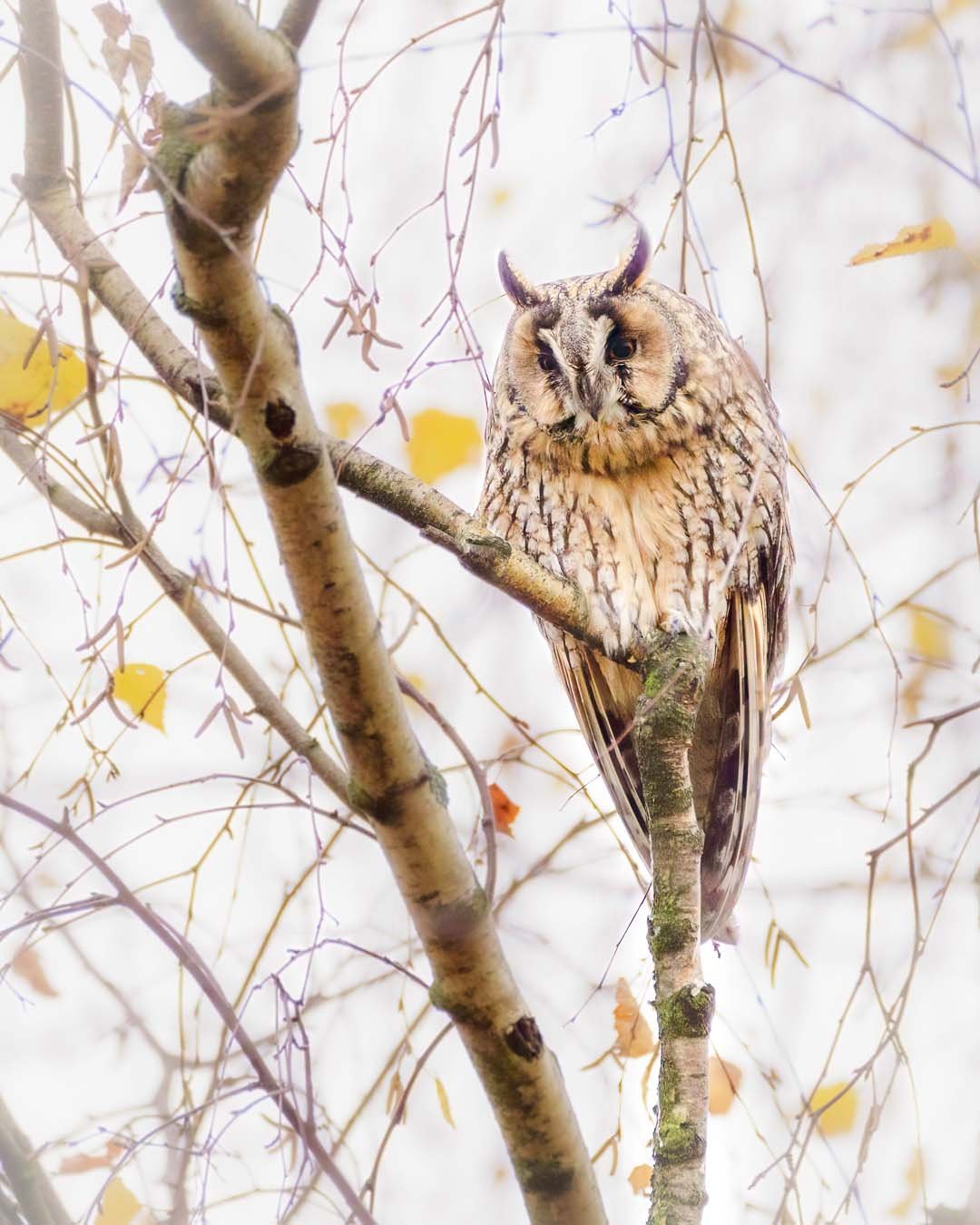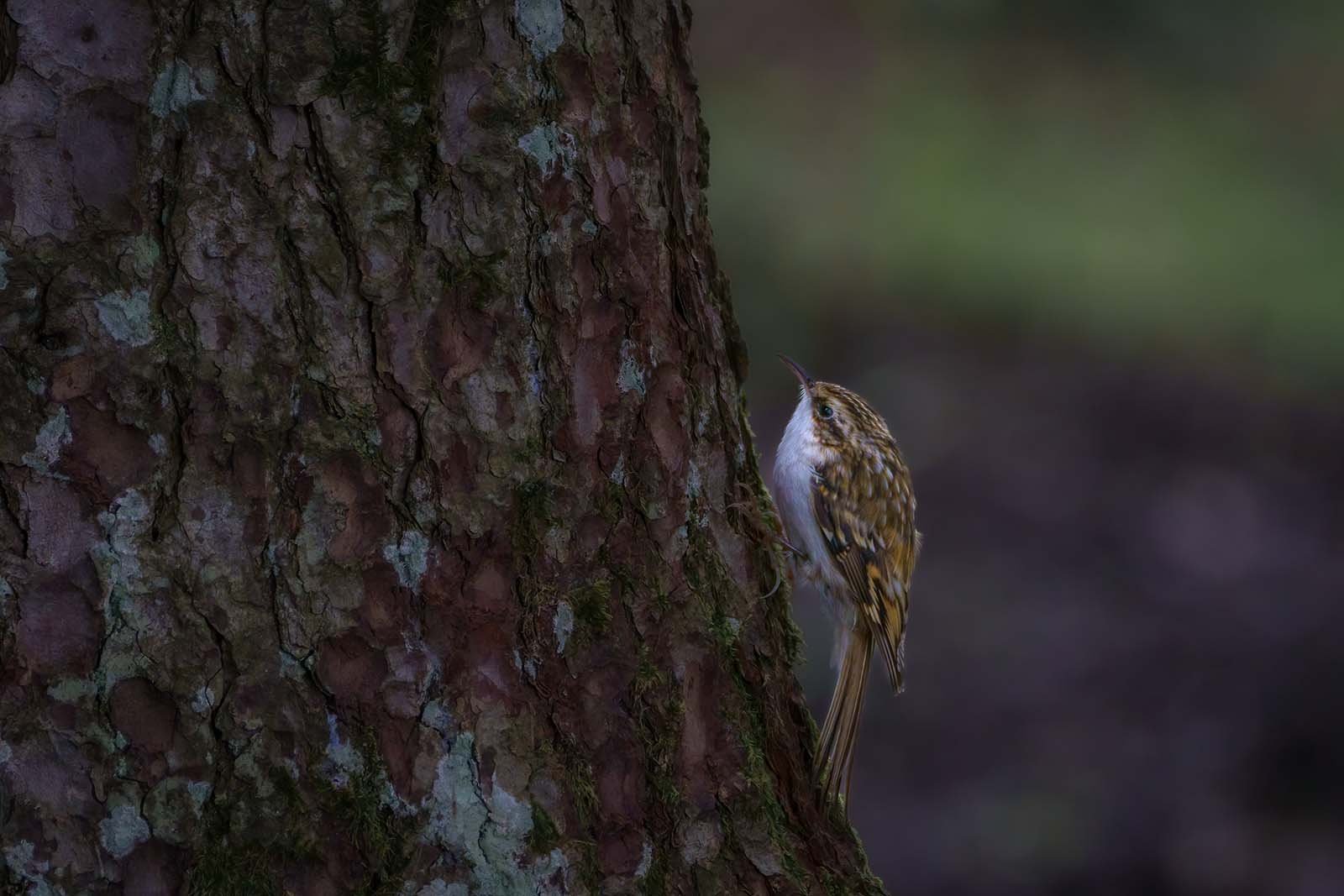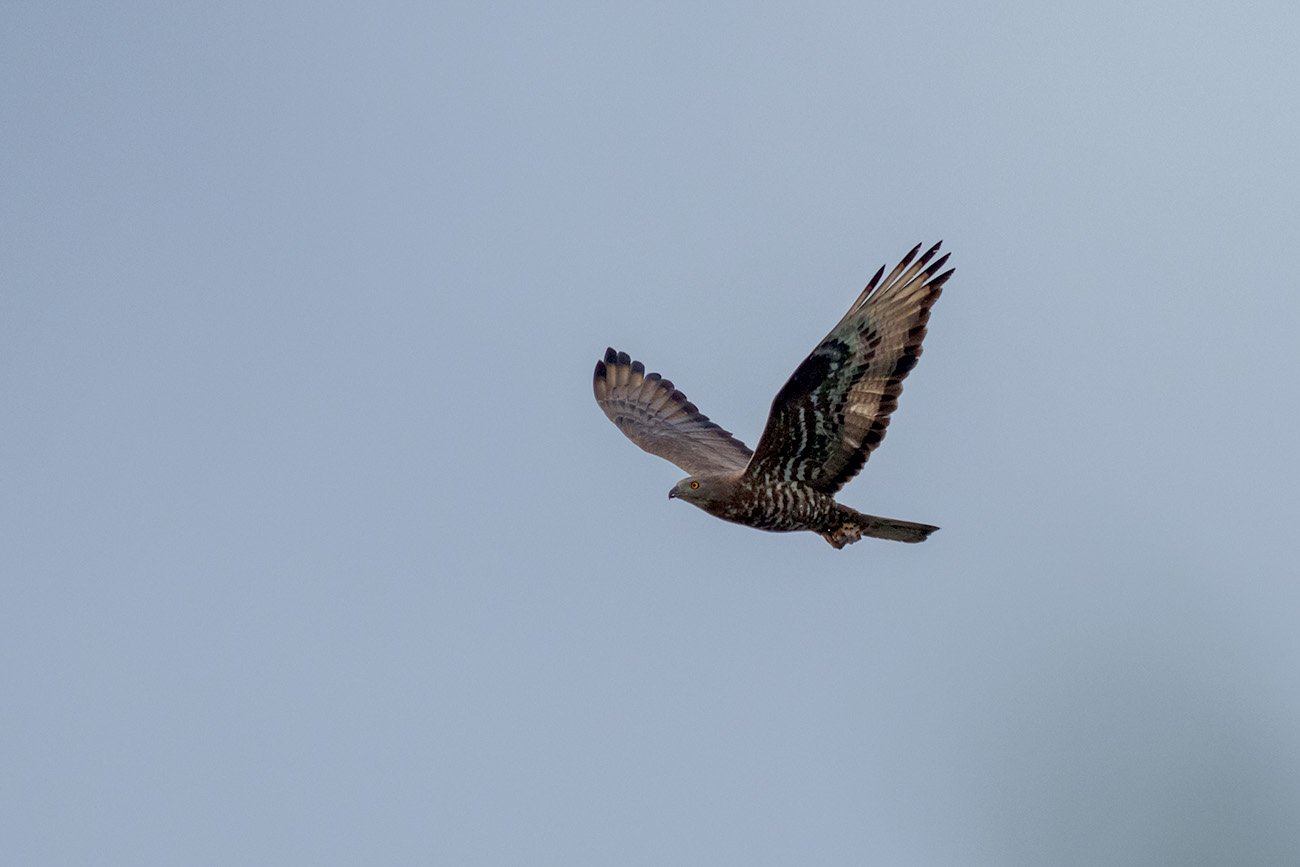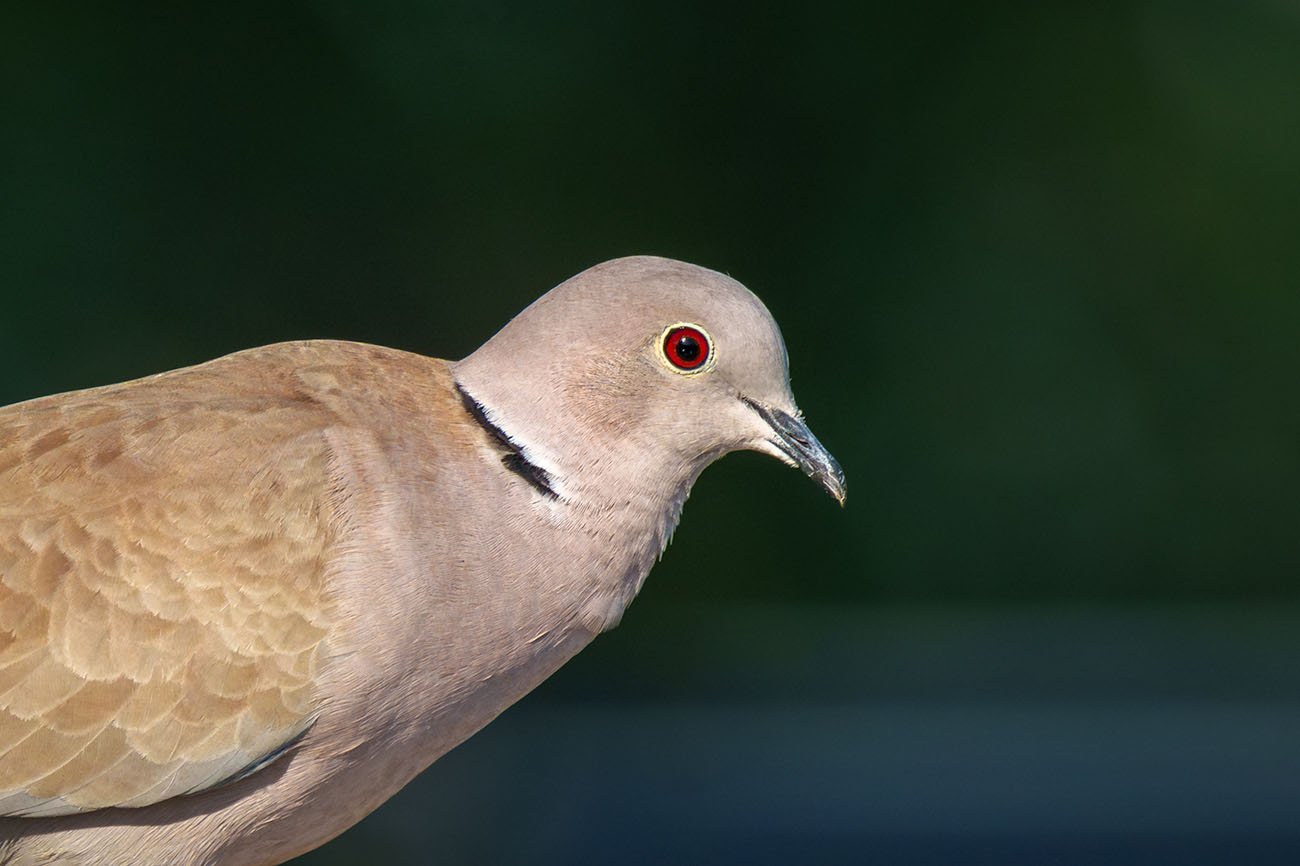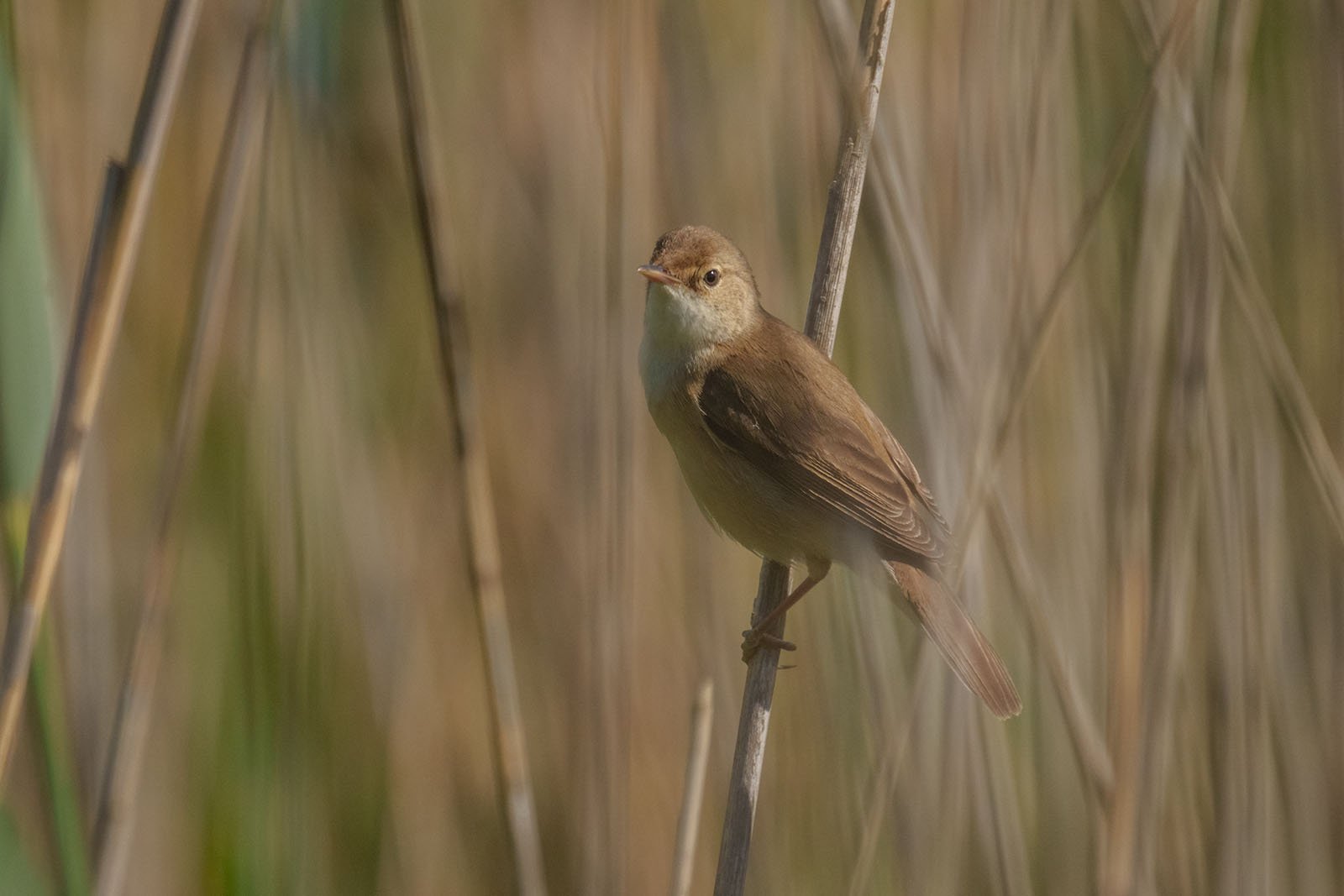Short-toed treecreeper (Certhia brachydactyla)
Short-toed Treecreeper (Certhia brachydactyla) climbing a tree
Treecreeper (Certhia brachydactyla) – The Master of Camouflage on Tree Trunks
Key Facts:
- Size: 12.5–14 cm
- Features: Brownish feathers with a pale underside and a long, curved beak
- Habitat: Mainly in deciduous and mixed forests, also in parks and gardens
- Breeding: Often nests behind loose bark or in tree crevices
- Diet: Insects and spiders
Table of Contents
- Introduction: The Treecreeper – A Camouflage Expert in Forests and Parks
- Features and Appearance: How to Identify the Treecreeper
- Habitat and Distribution: Where the Treecreeper Lives
- Behavior and Diet: A Skilled Climber on the Hunt
- Breeding: Well-Hidden Nests Behind Bark
- FAQ: Common Questions About the Treecreeper
- Shortlist – Color Features
1. Introduction: The Treecreeper – A Camouflage Expert in Forests and Parks
The Treecreeper is a small songbird known for its ability to climb up tree trunks almost unnoticed. Its perfectly camouflaged feathers blend seamlessly with the bark, giving it excellent protection. This bird is mainly found in light deciduous and mixed forests as well as in parks and gardens. It prefers areas near oak trees where it searches for its main food – insects and spiders.
2. Features and Appearance: How to Identify the Treecreeper
The Treecreeper is about 12.5 to 14 cm in size and is well-camouflaged with its bark-colored feathers:
Feathers:
The upper parts of the Treecreeper are colored in shades of brown, gray, and white that closely resemble tree bark. These camouflage colors help the bird remain hidden as it moves up tree trunks. The underside is lighter, with a soft brownish to whitish tone, with slightly brownish sides. The long, curved beak and the fine feather patterns give the bird a speckled appearance.Beak:
The long, slightly curved beak is thin and perfectly designed for extracting insects and spiders from tree bark crevices.Eyes:
The eyes are dark and blend in well with the overall face. There is a faint, pale eye stripe, but it’s subtle and doesn’t stand out much, keeping the bird’s face well camouflaged.Feet:
The strong, yellow-brown feet and long claws allow the Treecreeper to grip securely while climbing vertically up tree trunks.
With these features, the Treecreeper is perfectly adapted to life in forests and parks, often going unnoticed.
3. Habitat and Distribution: Where the Treecreeper Lives
The Treecreeper lives in deciduous and mixed forests, particularly favoring areas with oak trees. It’s also commonly found in parks and large gardens with mature trees. This bird needs rough-barked trees that offer plenty of cracks and crevices to forage and hide. Unlike its relative, the Eurasian Treecreeper, it is less likely to be found in coniferous forests.
4. Behavior and Diet: A Skilled Climber on the Hunt
The Treecreeper moves up tree trunks with short, jerky motions. It often spirals up the trunk, searching for food. It typically starts at the bottom and works its way upward. The bird’s diet mainly consists of insects, larvae, and spiders, which it skillfully pulls out from the bark with its thin beak.
5. Breeding: Well-Hidden Nests Behind Bark
The Treecreeper builds its nest hidden behind loose bark or in tree crevices. The nest is compact, made of moss, grass, and feathers, providing warmth and insulation. The breeding season starts in spring, and the female usually lays five to seven eggs. Both parents feed the young birds, which fledge after about two weeks.
6. FAQ: Common Questions About the Treecreeper
1. Where can you best observe the Treecreeper?
The Treecreeper is found in light deciduous and mixed forests as well as in parks and gardens, especially near old oak trees.
2. What does the Treecreeper mainly eat?
The Treecreeper mainly feeds on small insects, spiders, and larvae, which it skillfully picks from the bark of trees.
3. How can you tell the Treecreeper apart from the Eurasian Treecreeper?
The Treecreeper has lighter flanks, a longer beak, and generally more brownish tones than the Eurasian Treecreeper.
4. Where does the Treecreeper build its nest?
The nest is hidden behind loose bark or in tree crevices, offering protection from predators.
5. How does the Treecreeper move on trees?
The Treecreeper climbs up tree trunks in a spiral pattern with short, jerky movements, usually starting at the base of the tree.
7. Shortlist – Color Features
Feathers:
- Upper side: Bark-colored (brown, gray, and white tones)
- Underside: Lighter, soft brownish to whitish, with slightly brownish sides
Beak:
- Thin, slightly curved, longer than that of the Eurasian Treecreeper
Eyes:
- Dark, with a faint, pale eye stripe
Feet:
- Yellow-brown, strong with long claws
The Treecreeper is a fascinating songbird, known for its perfect camouflage and its skilled climbing behavior. It’s a special experience for nature lovers to watch this subtle bird as it climbs and searches for food on tree trunks.



